Julius Otto only needed to glance at his computer screen to see that something was wrong. The jagged lines on graphs tracking the consumption of electricity, heat and water in Chilehaus, a heritage-listed office building in Hamburg that forms part of the Union Investment portfolio, told their own story. The trajectories showed that the ventilation system was alternating between blowing cold and warm air into the building at very short intervals. The indoor temperature was being raised and lowered again almost every minute. It was clear to Julius Otto that things were not working as they should.
Julius Otto is the project manager responsible for energy monitoring at real estate management company Apleona. In the property sector, energy monitoring has a crucial part to play in making buildings carbon neutral. “We can only achieve this goal if we significantly reduce current consumption levels,” says Carolin Köllner, a senior manager in the sustainable real estate team at Union Investment. In January 2019, Union Investment therefore launched a joint pilot project with Apleona to analyse and reduce consumption in ten properties initially. “Lots of energy monitoring service providers in the market consider their job finished when the data has been visualised and fed into the system, says Carolin Köllner. “But for us, that’s precisely when the real work begins. Savings can only be achieved once we have analysed this data, identified areas for improvement and then taken action accordingly. We wanted to work with a partner who does all of that.” ↓

Lots of energy monitoring service providers consider their job finished when the data has been visualised and fed into the system. But that’s precisely when the real work begins. Carolin Köllner sustainibility team at Union Investment
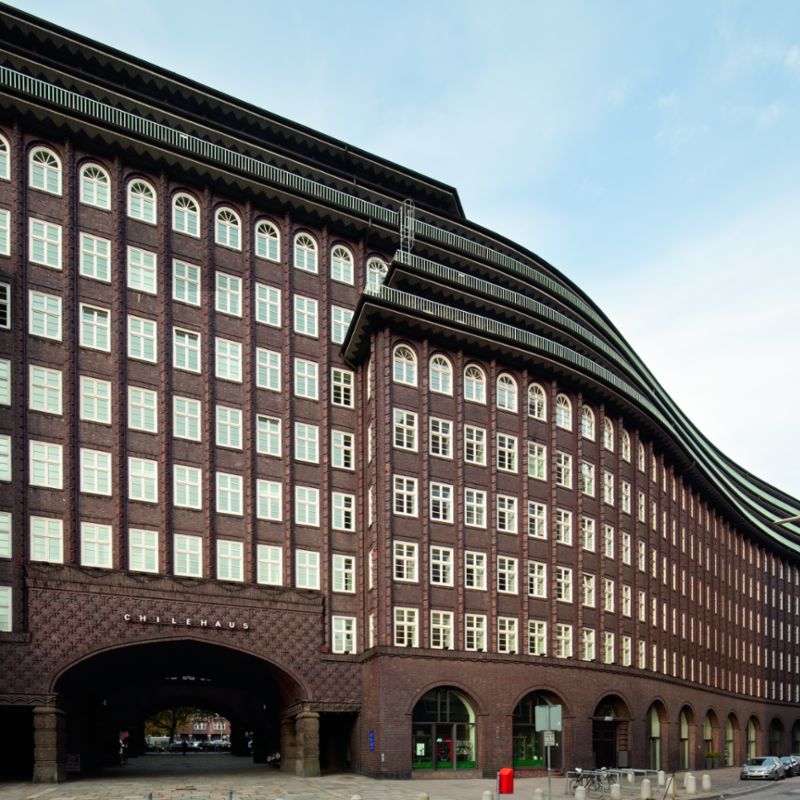
Close consultation with all parties
All projects begin with an explanatory meeting. “This has proved to be really valuable,” says Julius Otto. “We make it clear that we don’t carry out typical maintenance activities. Rather, we focus on aspects that can’t be detected during day-to-day operation. We also explain that we collect data which we look at together with asset managers, facility managers and property managers, and then discuss what can be improved.”
Julius Otto assumed there wouldn’t be many opportunities for improvement when it came to the first building on the list, Chilehaus. This iconic building in Hamburg’s Kontorhaus district is constructed in the classic Brick Expressionist style of the 1920s and is a UNESCO World Heritage Site. “Altering the original structure is a complicated process and not easy to do because of the restrictions associated with the building’s status as a World Heritage Site,” says Julius Otto.
Since this means insulation cannot simply be retrofitted, his team concentrated on improving the efficiency of the existing building systems. This entailed installation of digital meters that transmit data every 15 minutes. By taking readings at these intervals, diagrams can be produced that show precisely which systems are consuming the most energy. “Initially, we focus primarily on technical systems that are likely to yield the most valuable information,” says Julius Otto. At Chilehaus, this includes the ventilation systems. The Apleona team has been holding monthly meetings with the asset manager, the facility manager and the property manager to analyse the data collected by the meters ever since they were installed. ↓
We focus on aspects that can’t be detected during day-to-day operation. Julius Otto project manager for energy monitoring at Apleona
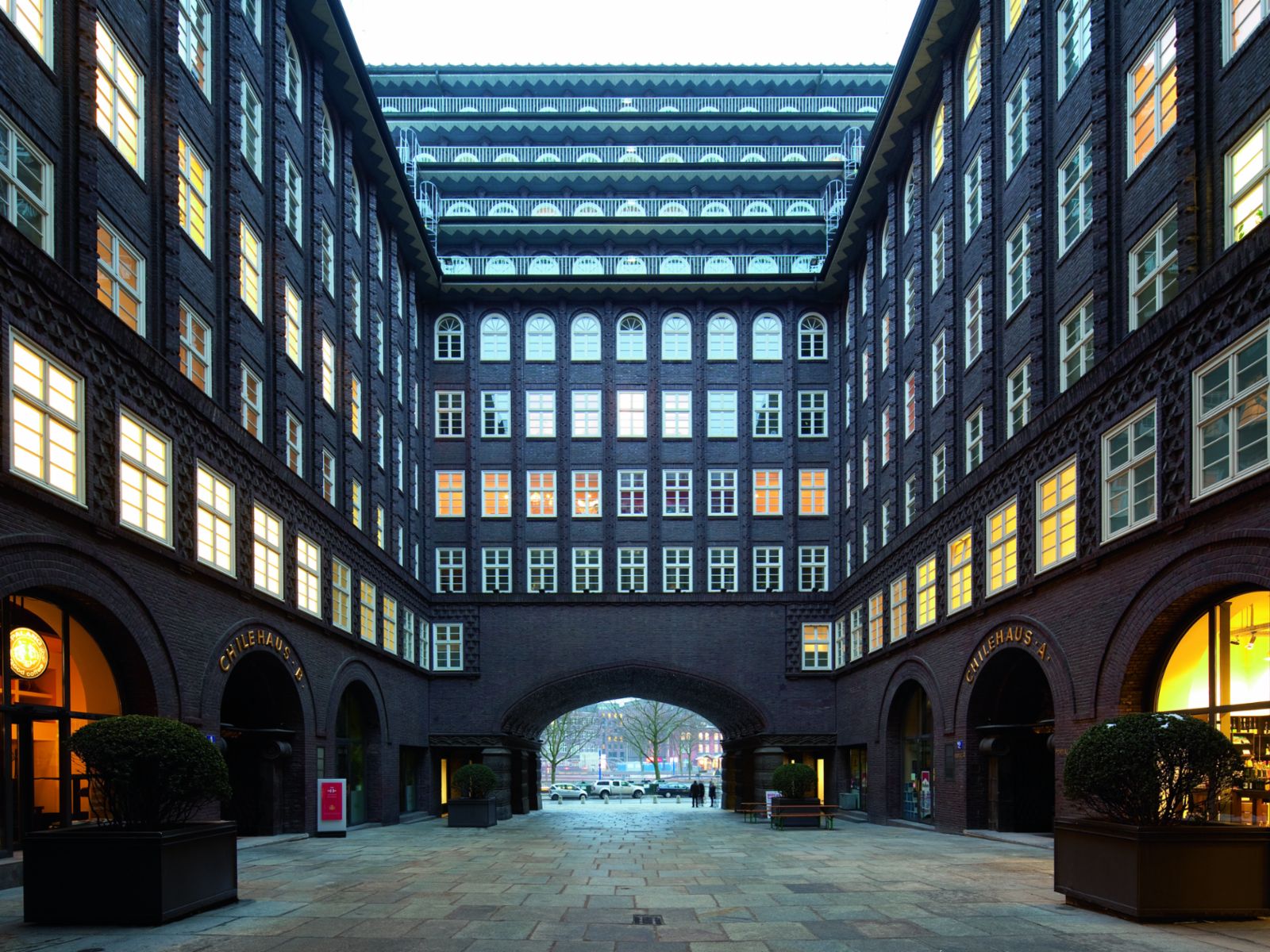
Tenants benefit most of all
The very first assessment showed that every time cool air was pumped into the building, one of the systems would immediately inject warm air, even when the interior temperature was perfectly adequate. Based on this analysis, a check was carried out straight away in conjunction with the property management team. The system turned out to have a faulty control unit. This finding alone resulted in an annual heat saving of ten per cent for the system concerned, i.e. around EUR 9,000. The Apleona team also suggested equipping all ventilation systems with new drive technology and new fans. Previously, the systems could only be switched on or off, but now that a frequency converter has been fitted it’s possible to turn them up or down incrementally as required. A direct connection between the fan blades and the motor, instead of a V-belt, also boosts efficiency. “The digital meters transmit data at very short intervals, which made it possible for us to pinpoint exactly where improvements could be made,” says Julius Otto. These measures reduced the energy consumption of the relevant installations by 44 per cent compared to the previous year – a saving of EUR 51,000. “We never expected to discover so much untapped potential for improvement in this system. And certainly not in 2020, the year of the coronavirus outbreak,” says Julius Otto. Tenants used their spaces far less last year, he notes, “but energy needs weren’t reduced accordingly. There were fewer people in the building, so there were no natural sources of heat. That meant it was actually necessary to use more heating.” The increased ventilation rate likewise had an impact on energy consumption. It was possible to make improvements quickly because all parties worked well together, says Julius Otto. “The right conditions were in place. There was a committed facility manager, an experienced property manager and an asset manager who understood the value of the investment. Implementing improvements was thus straightforward.” And the investment paid off. “For us as a landlord, it’s primarily an investment in a sustainable future. But the tenants are the ones who benefit most of all because of long-term lower service charges,” says Carolin Köllner. ↓
Each property presents different challenges
Tenants are also often surprised by where energy can be saved. Take the Bülow Carré building in Stuttgart, for example, which is home to a number of prestigious office tenants. “At first, it was hard to imagine there being any optimisation potential here because people work in these offices around the clock,” recalls Julius Otto. But it transpired that working at night involved only a small number of employees. By turning down the ventilation in the offices and switching off the ventilation in the underground car park during these hours, it proved possible to cut electricity consumption by 19 per cent. The amount of heat used was reduced by 21 per cent – all without lowering temperatures or air quality in the individual offices, says Julius Otto: “After all, energy-saving measures shouldn’t mean compromising on comfort.”
Working out the causes of high energy consumption is an individual challenge for each building, says Hella Matzen-Lembcke from the sustainability group at Union Investment. “Obviously, types of use and tenant structures differ widely. They range from office buildings shared equally by three tenants to shopping malls that accommodate everything from small clothing retailers with very little technical equipment to electronics stores spanning several floors with countless PCs and monitors.”
Failure to consider these differences can also be a reason for excessive energy consumption. “When a building is newly occupied, system operating hours are typically set to suit the current situation, without being adjusted when things change,” says Julius Otto. For example, in the Forum am Hirschgarten complex in Munich, which is also part of Union Investment’s portfolio, operating hours were not properly aligned with the tenants’ core office hours.
Forum am Hirschgarten also featured a heat pump that was designed to take some of the strain off the main district heating system. However, a fault meant that it was using much more electricity than it should have been. By resetting the operating hours and repairing the pump, it was possible to cut electricity usage of the pump by 24 per cent and heat consumption of the building by 18 per cent.
In the year following implementation of the various measures, around 20 per cent less electricity and 17 per cent less heat were used on average across all ten buildings in the 2020 pilot project. Together, this represents a saving of 8.41 gigawatt hours of electricity and heat – or around 3,900 tonnes of CO2. “It would take 300 hectares of forest to offset that amount,” says Hella Matzen-Lembcke. ↓
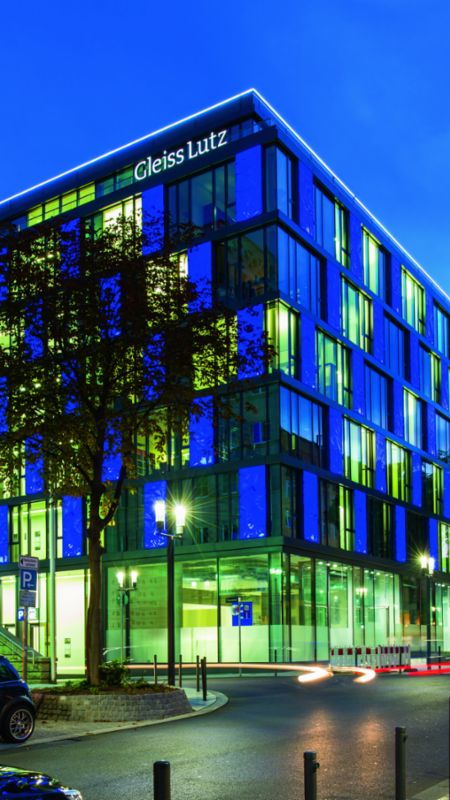
Working out the causes of high energy consumption is an individual challenge for each building. Hella Matzen-Lembcke team sustainibility at Union Investment
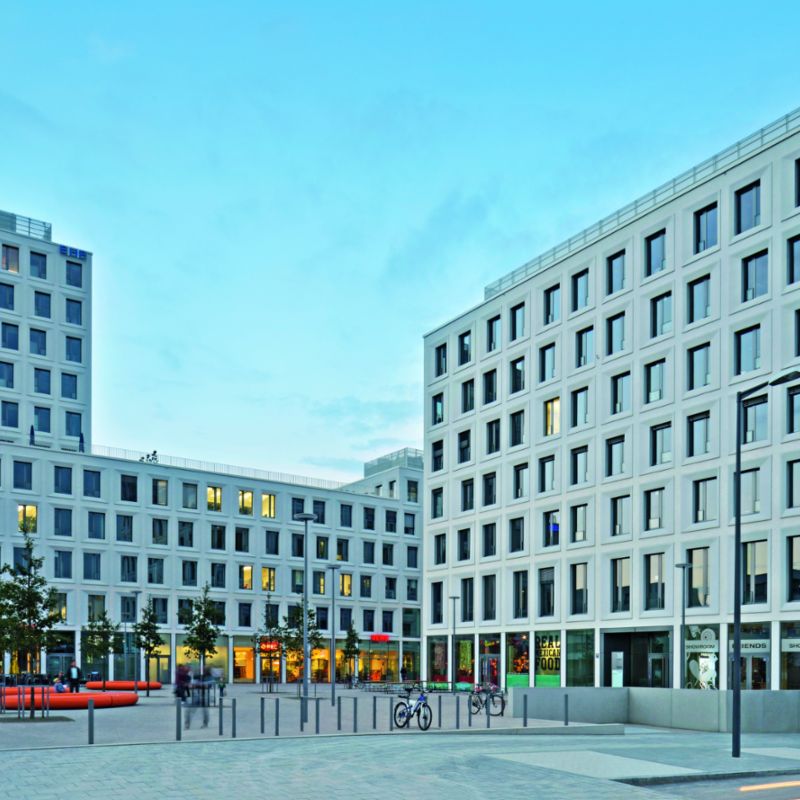
The objective for the future: monitoring via artificial intelligence
And there’s more to come. Since 2020, Apleona has been examining another 16 buildings held by Union Investment. “Our aim is to analyse energy usage in even greater detail,” says Julius Otto. For example, by using meters that measure not only how much electricity a ventilation system is using, but also what the air quality is like in the areas supplied. Or by installing self-learning software that can detect anomalies in consumption even more accurately and trigger an alarm. Apleona is about to start using a new database that contrasts different systems in order to calculate optimum values, which it can then compare with the actual performance of systems, explains Julius Otto: “Combining in-depth analysis and advice with the use of artificial intelligence will allow us to transition from energy monitoring to energy management.”
To sum up, energy monitoring, bolstered by support and guidance for the parties involved, enables substantial CO2 savings to be achieved with modest investment. It also prepares buildings for future requirements linked to decarbonisation of real estate. •
in the year following the implementation of the various measures, around 3,900 tonnes of CO2 were saved, It would take 300 hectares of forest to offset that amount.
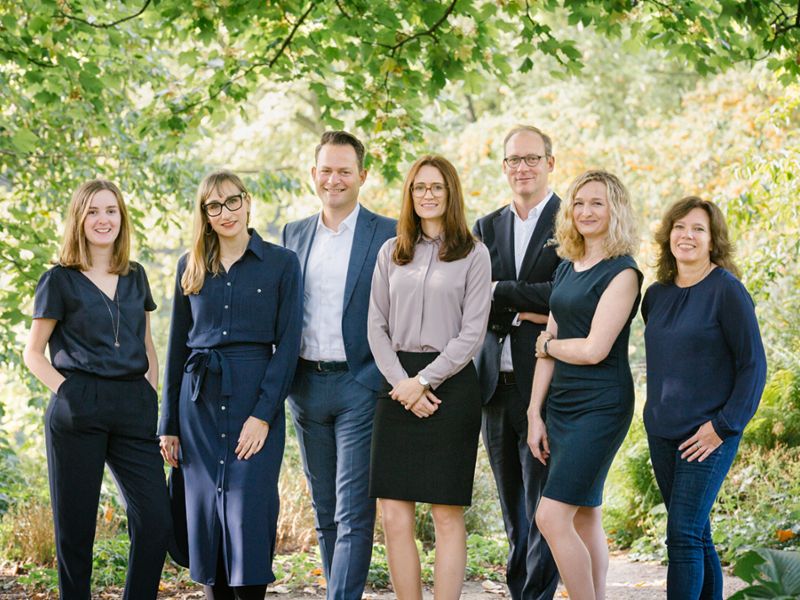
Your contacts:
Want to know more about this topic? Our sustainability team will be happy to help:
-
The sustainability team
nachhaltige-immo@union-investment.de
